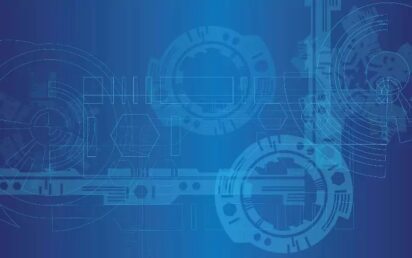Hewlett-Packard’s Grant Thomas gives BusinessCloud an insight into the future workplace
Office environments where employees work in cubicles and only congregate around the ‘water cooler’ are fast becoming a distant memory.
Tech firms such as Apple, Facebook and Google have built billion-dollar headquarters which encourage employees to communicate creatively.
The likes of UKFast and Social Chain have also designed relaxed open-plan environments featuring breakout areas, while co-working spaces which thrive on collaboration are springing up around the country.
It is an approach welcomed by Grant Thomas, growth partner sales manager at Hewlett-Packard.
“The office is changing – environments have changed radically over the course of the last 15 years,” he told BusinessCloud at the PT19 tech conference.
“When I first came to the office it was a cube. I was very excited – but the world is now a very different place and the way we work has changed.
“How does technology enable your people to be as innovative and creative as they need to be to give you a competitive advantage?
“The ‘office of the future’ is a thought-process around what the office needs and then how HP’s products and solutions support that going forward.”
From 2020, it is predicted that 50 per cent of the UK’s workforce will be millennial or Generation Z; that is, people born after 1981.
Thomas, who turns 40 in January, says that businesses must adapt and embrace digitally-native generations.
“They have different requirements and desires. Technology brings them different ways of working, and expectations as well,” he said.
“People want flexibility; that ability to say ‘let’s find a huddle room and have a chat about this thing I’m thinking about’. That then generates creativity.
“How does a technology company like HP support its partners to help end-users drive innovation? Innovation is speeding up rapidly, but I think it comes in all shapes and sizes – it’s not just in one place.
“It’s in offices around the UK where collaboration starts to happen and then ideas spring up. We’re doing it at a global level in labs – but it’s much broader than that.”
Digital-first people often work while travelling and demand instant and constant connectivity. HP has released a next-generation laptop which features a special mode where, at the push of a button, confidential on-screen information is effectively shielded from view for anyone else in the vicinity.
“This is just a laptop, but it’s much more than that: I use this for every aspect of my life,” Thomas said, demonstrating the device. “I don’t work from the office any more: I work on the train, at the table during breakfast, I read my emails late at night. You can also use it in tablet mode.
“HP tries to make meaningful adjustments – anyone can build a laptop which is thin, light and cost-effective. But how do you make technology which is relevant and meaningful to people in today’s world and what the office of the future will be?
“We make technology more accessible and enable people to work where they want to work.”
It has been three years since product department HP separated from network-focused HP Enterprise.
HP, which employs around 300 people in the UK, has reported double-digit growth year-on-year for the last few quarters.
“HP’s had a very good few years since the separation,” said Thomas. “We’ve done some amazing things in developing our products and solutions. That’s testament to us focusing on what we’re good at and driving into those areas. We’ve innovating in meaningful ways.
“Can you imagine a world where you use a HP workstation to design a product; you then send that product to a 3D-manufacturing company over 5G; they then 3D-print that product and it is delivered by drone to your back garden?
“The supply chain just changed, didn’t it?”


